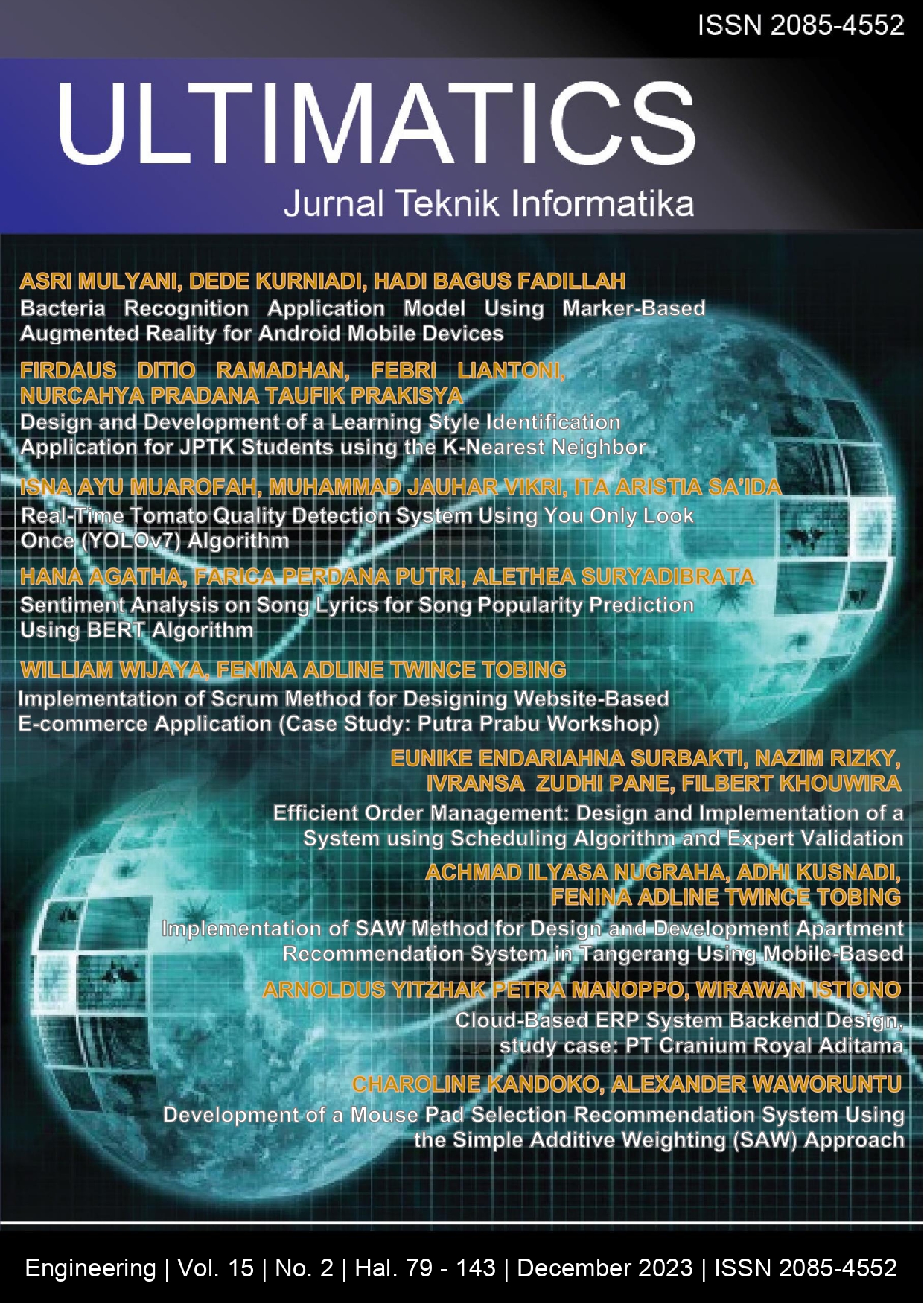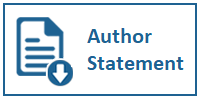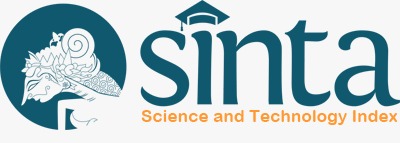Design and Development of a Learning Style Identification Application for JPTK Students using the K-Nearest Neighbor
DOI:
https://doi.org/10.31937/ti.v15i2.3299Abstract
Learning styles are crucial for all students, as the chosen learning style can greatly assist them in learning. The data source for this research originates from questionnaire results distributed to JPTK students of the 2019-2021 cohorts, which were used to assess the effectiveness of a learning style product on the students' JPTK website. This study employs the K-Nearest Neighbor approach, which utilizes the principle of nearest neighbors to categorize students' learning styles based on provided features. The data used in this research is derived from the website that students use to input information about their preferred learning styles. Various elements, including visual, auditory, and kinesthetic preferences, are present in the questionnaire on the website. Subsequently, the data is processed and fed into a Python K Nearest Neighbor model to predict students' learning styles and nearest neighbors. The evaluation results indicate that the developed classification model achieves a reasonably high accuracy level of 93%, making it a useful tool for effectively and efficiently identifying students' learning styles. It is hoped that implementing this learning style classification model will benefit the field of education. By understanding students' learning styles, educators can create more tailored lesson plans, enhance learning outcomes, and reduce the likelihood of knowledge loss.
Downloads
Downloads
Published
How to Cite
Issue
Section
License
Authors retain copyright and grant the journal right of first publication with the work simultaneously licensed under a Creative Commons Attribution-ShareAlike International License (CC-BY-SA 4.0) that allows others to share the work with an acknowledgement of the work's authorship and initial publication in this journal.
Authors are able to enter into separate, additional contractual arrangements for the non-exclusive distribution of the journal's published version of the work (e.g., post it to an institutional repository or publish it in a book), with an acknowledgement of its initial publication in this journal.
Copyright without Restrictions
The journal allows the author(s) to hold the copyright without restrictions and will retain publishing rights without restrictions.
The submitted papers are assumed to contain no proprietary material unprotected by patent or patent application; responsibility for technical content and for protection of proprietary material rests solely with the author(s) and their organizations and is not the responsibility of the ULTIMATICS or its Editorial Staff. The main (first/corresponding) author is responsible for ensuring that the article has been seen and approved by all the other authors. It is the responsibility of the author to obtain all necessary copyright release permissions for the use of any copyrighted materials in the manuscript prior to the submission.















